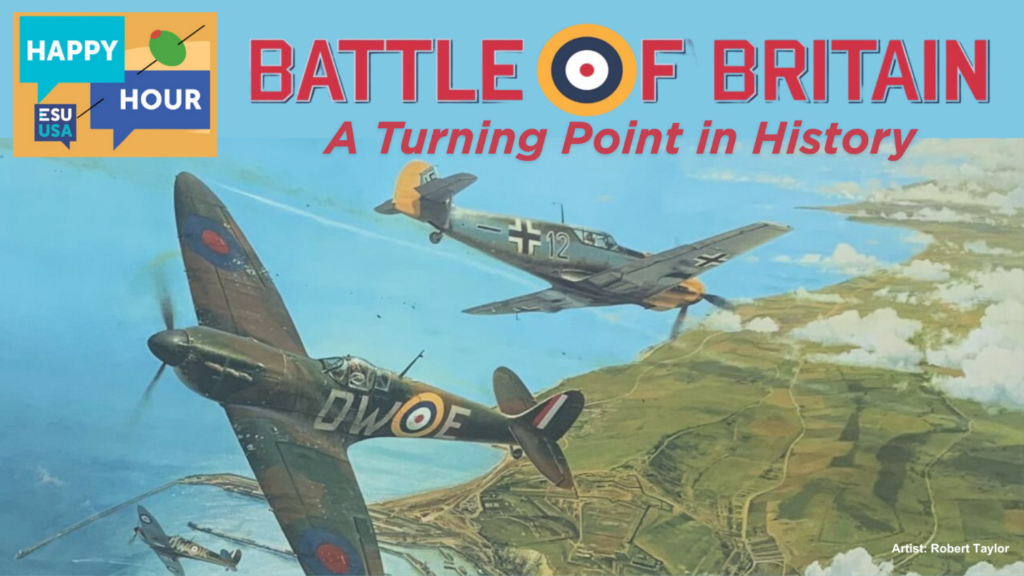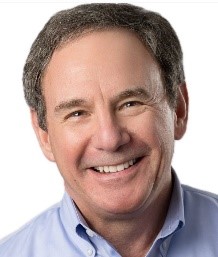
- This event has passed.
Happy Hour: The Battle of Britain
August 20 @ 4:00 pm – 5:00 pm EDT

June, 1940—In the past two months, Nazi Germany has conquered Norway, Denmark, the Netherlands, Belgium, and France. Great Britain stands alone against the formidable German war machine. Now, Germany decides to bring Britain to its knees. In order to do that, Goering’s Luftwaffe must win air superiority over the English Channel and Southeast England. The Battle of Britain is about to begin. It is up to the outnumbered British Royal Air Force—”The Few”—to stop the Germans.
Please join Seattle’s Museum of Flight volunteer Bob Fishman for an in-depth look at a turning point in history—how the RAF defeated the Luftwaffe and saved Britain and perhaps the world from Nazi domination—the aircraft, the strategy, and the tactics including the first use of radar & ground control to manage an air battle. This ESU Happy Hour is sponsored by the ESU Seattle Branch. ESU Happy Hour programs are online, free to attend, and open to all members and the public. Registration is required to receive the webinar link.
Register Here
About Bob Fishman
Bob Fishman has been a member of Seattle’s Museum of Flight and twelve years ago, as a volunteer, began giving tours of the Crew Compartment of the Full Fuselage Trainer. He also trained other volunteers. Bob has been an active member of the Museum Speakers’ Bureau, giving talks on World War II, aviation, and space history.
He graduated from the U.S. Naval Academy and subsequently earned Master’s and Doctoral degrees in mechanical engineering. After eight years on active duty as a Naval officer, he had a 40-year career in the electric power generation business as an engineer, project manager, and executive. In 2023, Bob returned to the U.S. Naval Academy as a Distinguished Visiting Professor in Engineering where he is teaching the next generation of Navy and Marine Corps leaders.
Bob attended the National Test Pilot School in Mojave, CA and is an instrument-rated private pilot with over 3,200 hours in fifteen different aircraft models.
Cocktail:
Bob’s Favorite spirit:
Glenlivet 12-year-old single malt, served neat.
Drinking whiskey “neat” means that it’s served at room temperature and without any mixers or anything that would dilute the serving, like ice or water.
In 1824, a businessman named George Smith applied for one of the first licenses in the Speyside region of Scotland and opened the doors to The Glenlivet Distillery. Glenlivet, translated from Gaelic, means “valley of the smooth flowing one” and is most likely referencing the nearby River Livet.